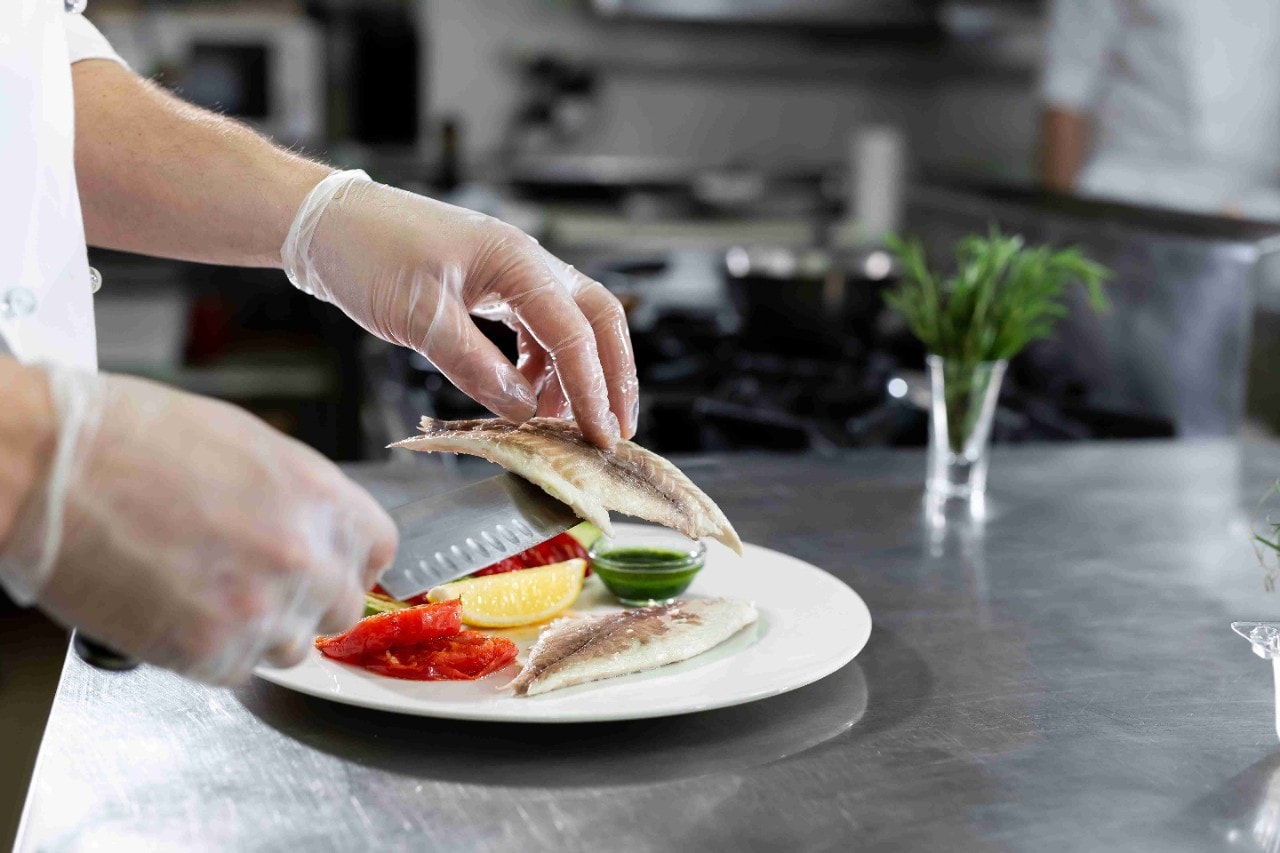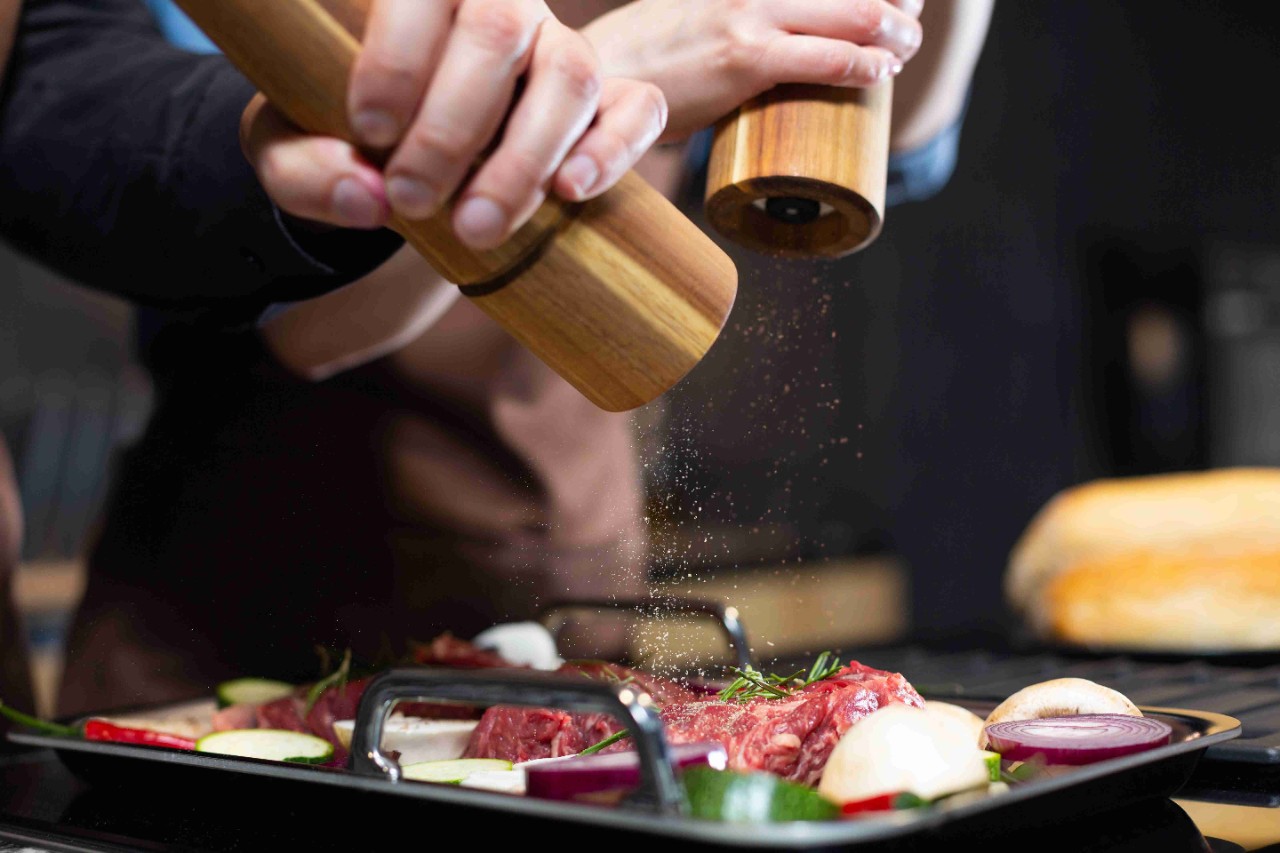Food shortages due to the pandemic, as well as rising fuel costs are putting high cost pressures on many food businesses. Supply chain dynamics have also become more unpredictable, further contributing to cost and stock issues. These are still recovering and normalising, making it a significant driver of food inflation and higher food prices — fewer supplier choices leave less room for margin optimisation and stabilised prices.
Despite the rising food prices, an important trend to consider is that diners in Singapore love and are excited to eat out, as well as finding meaning in the experience of communal dining and sharing food. With a hungry crowd eager to be fed, what are ways for food business owners to curb the effects of food inflation? Here are some of our tips.
Optimise Restaurant Operations

Despite the ebb and flow of food costs, restaurant sales and operations optimization is always a great way to mitigate potential disturbances in supply and keep customer acquisition costs at bay. If you cannot control your cost of goods sold (COGS), you can often control and influence other costs to keep your business in good shape. It also prevents a reactionary approach to running a food business and prepares you for long-term success.

1. Streamline your menu
Build a menu that supports your mains. Food inflation is a normal occurrence in the food industry since limited supplies of raw materials mean higher costs.
One of the solutions to optimise is a streamlined and efficient menu, focusing on items that are sustainable and readily sourced at competitive prices.
An ideal menu should amount to 40 items, desserts included. Operators should also make sure that the total food cost is no more than 35% of the restaurant expenses. However, this may vary per restaurant concept. The general rule of thumb is to review the menu bi-annually. Those dishes that don’t sell much can be removed or changed. Usually, a menu item should sell at least 10 items per day. Anything below 5 orders per day is shelved.
When designing a menu, make sure that cross-utilization of products and raw materials can realize a more efficient operation. Serving Plant-Based Burgers? You can also add Dirty Fried Chilli Cheese NoChicken Nuggets and Plant-Based Fried Spring Rolls as the side dishes that also share the same core ingredient. The same goes with your sauces. It’s better to use ingredients that are versatile enough so you can use them in several different dishes.

2. Create volume-building promotions that are hard to turn down
Harp on the most popular and profitable dishes to bring attention to or upsell other items on the menu, as long as the promotion itself encourages enough volume in your quantity of orders to offset the COGS of the promotion item.
It is common to set a minimum order quantity equivalent to or higher than your average check to ensure the profitability of the deal.
Fast food restaurants are very keen on offering family deals. Take chicken wings and donuts for example. The 12 pcs package is cheaper than the 4 pcs option. Meanwhile, buffet restaurants offer a discounted price or free-of-charge package if the customers come as a group of 10 or more. These are great examples to draw in big groups of people for restaurants.

3. Train and empower your employees to upsell and create connections with diners
There’s nothing better than receiving great service when dining out. Good servers know how to recommend items on the menu
describe the deliciousness of the dishes in detail (and with enthusiasm), and upsell smaller plates that can increase the average order quantity per table. If a couple is on a date, suggest a dessert, and if a group of friends is rolling in right after the breakfast rush, offer a soup or salad as a starter.

4. Do price increases when necessary
Though this may be daunting for many business owners who have plenty of regular customers, a price increase often signals a bigger shift in the industry.
To ensure that you keep your business in a strong position when it comes to pricing, do a competitive scan to get a feel for the overall market trend, and it will often have tell-tale signs that can inform your next steps.
Although most price increases are limited to 10%, some opt to set it higher. You know your customers best, so always set the price based on your target market.
Customers might be shocked at first but will be receptive as they know the reality of food prices. If you have developed a good relationship with your regular customers, the price increase will be a temporary discomfort to them. Rest assured they will come back, given that you provide good service and food qualities.
Cost Reduction Strategies in Restaurants

Now that you’re armed with a great strategy for operational excellence, you can look at ways to reduce food costs that will save you big bucks in the long run without compromising food quality.

1. Continuously work on new supplier relations
Sometimes, a small reduction in food cost per item can accumulate
especially when your daily volumes are high. Always keep an eye out for suppliers that pass quality standards for extra savings. It is also important to maintain a good relationship with existing suppliers to help keep competitive costs.

2. Look at your sales trends and forecast for seasonality
Your point of sale (POS) is a great tool to do this. Always look at sales performance trends for
dishes that need constant supplies of ingredients, and plan ahead for high-sales days like Valentine’s Day, Mother’s Day, and the holiday season every fourth quarter of the year. Get ahead of your bulk purchases and stay on top of your inventory tracking so that you can maximize efficiency throughout peak weeks or months.

3. Choose seasoning or flavoring ingredients that are useful for multiple dishes
Make the most of your base seasonings.
Choose key ingredients that are versatile and can be used for sauces, broths, bastes, and more. There are plenty of options available, like Knorr Pronto Tomato and Knorr Demi Glace Brown Sauce Mix, that can be used across mains and as sauces. They are also cheaper when compared to preparing the broth from scratch.

4. Empower and take care of your employees
Labour costs does not just include the hours that highly-skilled food professionals put in when working.
They also include the many hours and resources spent training across different functions, whether front-of-house or back-of-house. Keep your labor costs at bay by taking good care of your team and minimizing turnover rates. Offer fair compensation and provide leadership and direction that empowers a team to enjoy their work and keep growing within their roles.
Tackling food inflation should be a team effort. When prices are high, ensure that your food quality and restaurant service stay at a high point. The last thing you want is to see your diners go and get disappointed.
This sentence doesn’t seem right when you read it. Are you trying to say "The bulk of your labour costs should include the hours paid for highly skilled food professionals."?